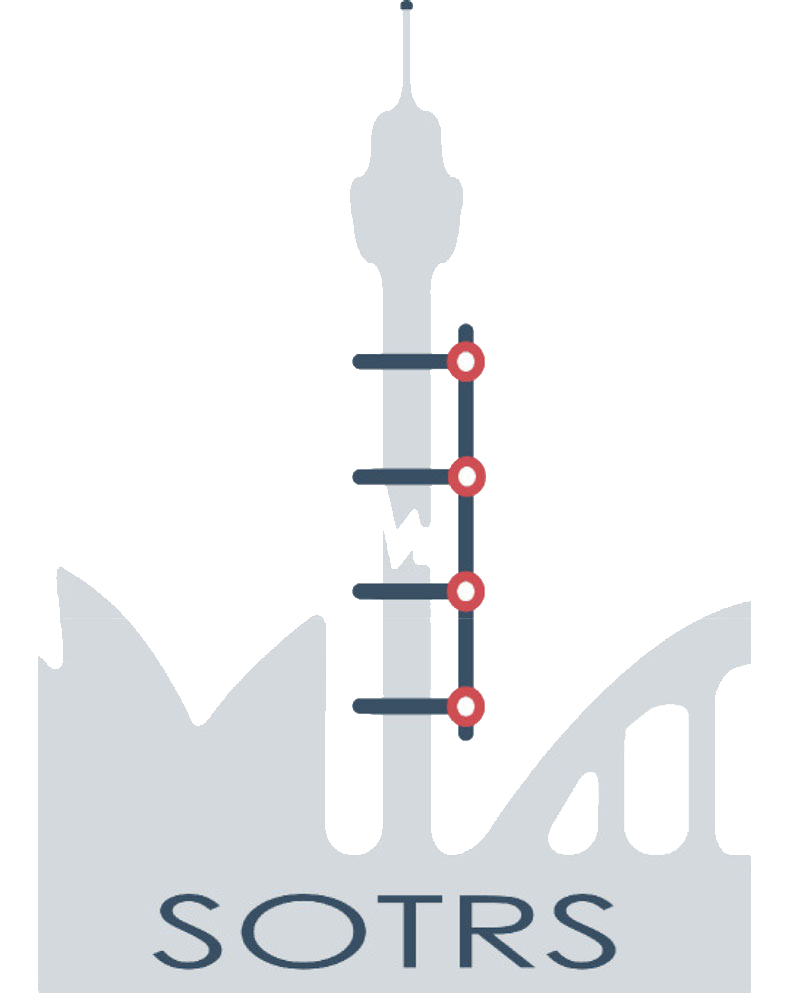Open reduction of the fracture may use a variety of implements for holding the bone in the correct position, including metal pins (usually stainless steel or titanium), a plate and screws, an external fixator (a device for which most of the hardware remains outside of the body), or any combination of these techniques.
Regardless of the treatment required, most fractures hurt moderately for a few days to a couple of weeks. Many patients find that using ice, elevation (holding their arm up above their heart), and simple, non-prescription medications for pain relief (such as paracetamol and ibuprofen) are all that are needed.
Casts and splints must be kept dry. A plastic bag over the arm while showering should help. If the cast does become wet, it will not dry very easily. A hair dryer on the cool setting may be helpful.
Surgical incisions must be kept clean and dry for five days or until the sutures (stitches) are removed, whichever occurs later.
Most patients will be able to resume light activities, such as swimming or exercising the lower body in the gym, within a month or two after the cast is taken off or after within a month or two after surgery. Most patients can resume vigorous physical activities, such as skiing or football, between three and six months after the injury. Almost all patients will have some stiffness in the wrist, which will generally lessen in the month or two after the cast is taken off or after surgery. Improvement will continue for at least two years. Most patients do return to all their former activities.
Recovery can take at least one year. Some pain with vigorous activities may be expected for this length of time. Some residual stiffness or ache is to be expected for two years or possibly permanently, especially for high-energy injuries (such as motorcycle crashes, etc), in patients older than 50 years of age, or in patients who have some osteoarthritis. However, the stiffness is usually minor and may not affect the overall function of the arm.

